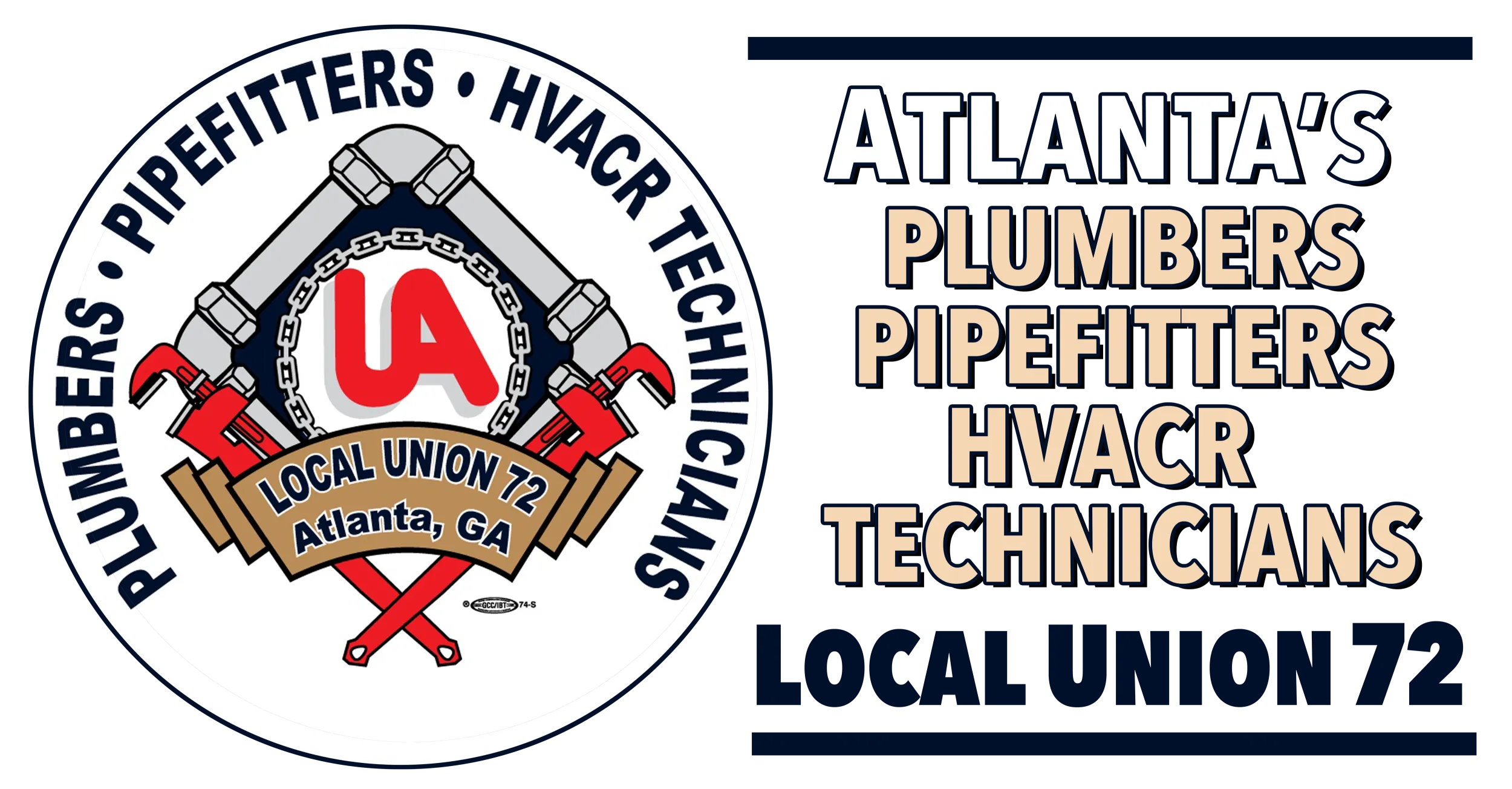Manpower Capabilities
Finding skilled trades workers is a major challenge for many organizations today, especially workers with the right knowledge and experience for a specific job. For the Plumbers, Pipefitters, Welders & Service Technicians Local Union 72 we believe all skilled tradesmen must be competent, productive and safe.
Our Focus is Manpower delivering productivity. Here is why we are most effective.
There are many factors affecting productivity of labor in construction. These are generally set forth in publications or manuals made available through associations like the Mechanical Contractors Association of America (MCAA) and other organizations. For example, the MCAA has a list called Impacting Factors on Construction Crew Productivity, and this list highlights factors affecting labor productivity.
Here are some of the most recognized factors affecting labor productivity in the industry:
1. Overtime: Scheduling of extended work days or weeks exceeding a standard eight-hour work day or 40-hour work week lowers work output and efficiency through physical fatigue and poor mental attitude.
2. Morale and Attitude: Spirit of workers based on willingness, confidence, discipline, and cheerfulness to perform work or tasks can be lowered due to a variety of issues, including increased conflicts, disputes, excessive hazards, overtime, over-inspection, multiple contract changes, disruption of work rhythm, poor site conditions, absenteeism, unkempt workspace, and so on.
3. Fatigue: Fatigue can be caused by prolonged or unusual physical exertion.
4. Stacking of Trades: This occurs when operations take place within physically limited space with other contractors,resulting in congestion of personnel, inability to use or locate tools conveniently, increased loss of tools, additional safety hazards, increase visitors, and prevention of crew size optimum.
5. Joint Occupancy: This occurs when work is scheduled utilizing the same facility or work area that must be shared or occupied by more than one craft, and not anticipated in the original bid or plan.
6. Beneficial Occupancy: This is a result of working over, around, or in close proximity to other crafts, owner's personnel, or production equipment, which may cause noise limitations, dust, or other hazardous risk. This may also prevent or cause access restrictions.
7. Concurrent Operations: This is the effect of adding operations to any sequence of operations that has already been planned, without a gradual and controlled implementation of additional operations.
8. Absenteeism and Turnover: There is a great deal of time and money lost associated with high turnover and absenteeism on projects. Construction projects in certain areas with low manpower and high demand for labor will usually be more impacted than others. Extreme weather conditions (such as extreme heat or cold) will also increase absenteeism and turnover. Replacement workers are usually not familiar with the work or area, and require experienced workers to stop work and show them what to do. The impact can be up to four days of lost work for each worker.
At UA Local 72, we believe all our members must be aware of these challenges and respond in a manner which allows the job site to run productively and safely. We excel in all the areas mentioned above because we believe our next job is earned when we deliver on our core values.
